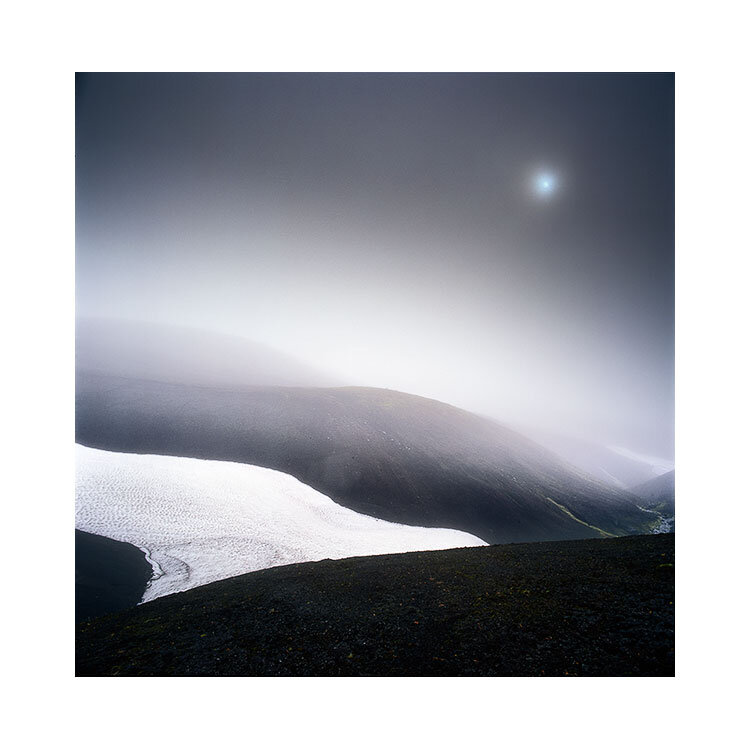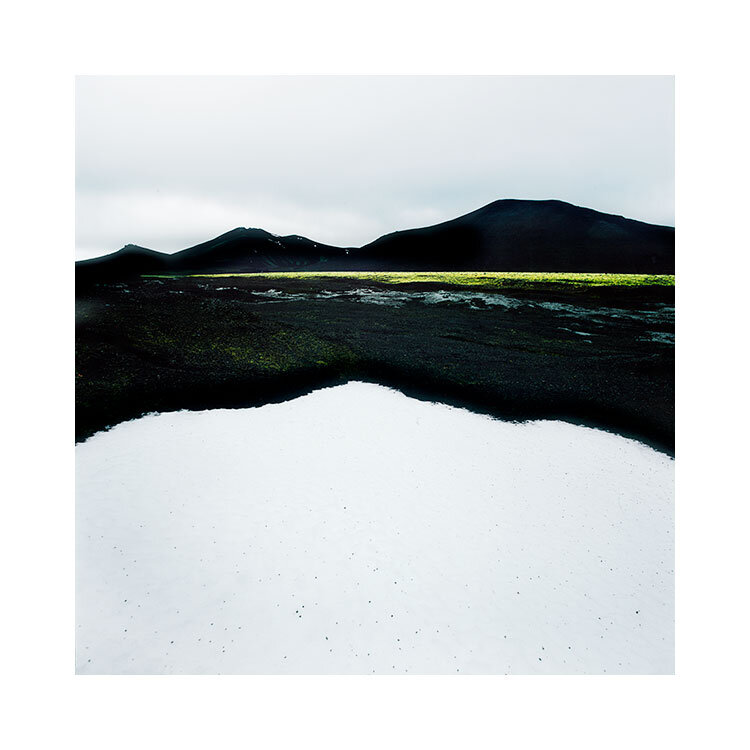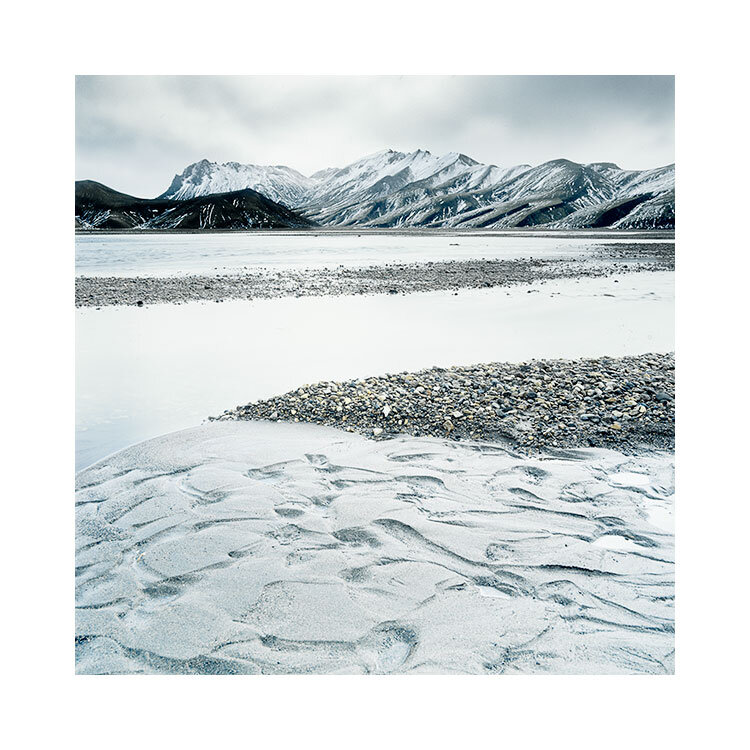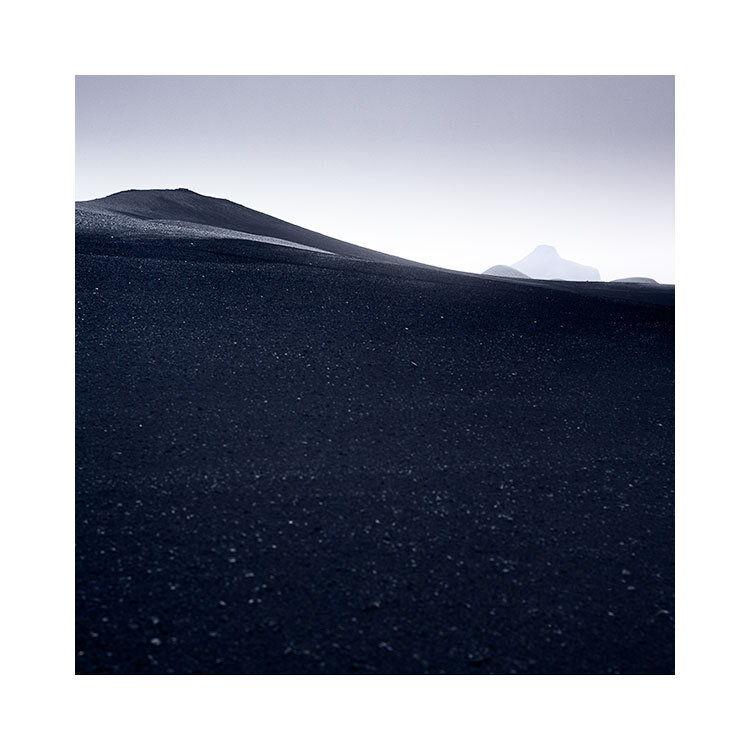Price: £2,395
Initial deposit: £688.5
2nd Deposit of £688.5 due six months before tour start date
5-Day Photographic Workshop
Date: March 2 - 7, 2026
Introduction
In the far north west lies some of the most distinctive mountains of Scotland. Stac Pollaidh, Suilven, Canisp and Cul Mor dominate the landscape, yet there is an abundance of wide open space. This is real highland countryside with some dramatic coastal scenery to boot.
I thought that it would be nice to spend a bit more time in Scotland during 2021, for some of my trips.
I’m pleased to let you all know that I will be going back to Assynt / Inverpolly region of the Scottish Highlands in February 2021.
This region of Scotland has some of the most distinctive mountains, and lochs.
We should have a lot of nice light in February and maybe many cold-snaps / frost.
It’s been a while since I’ve been here, and I’m really looking forward to it. Especially in February as it is often one of the more ‘frosty’ months in Scotland.
Just click on the image to go to the respective page, if you’d like to learn more.



















































